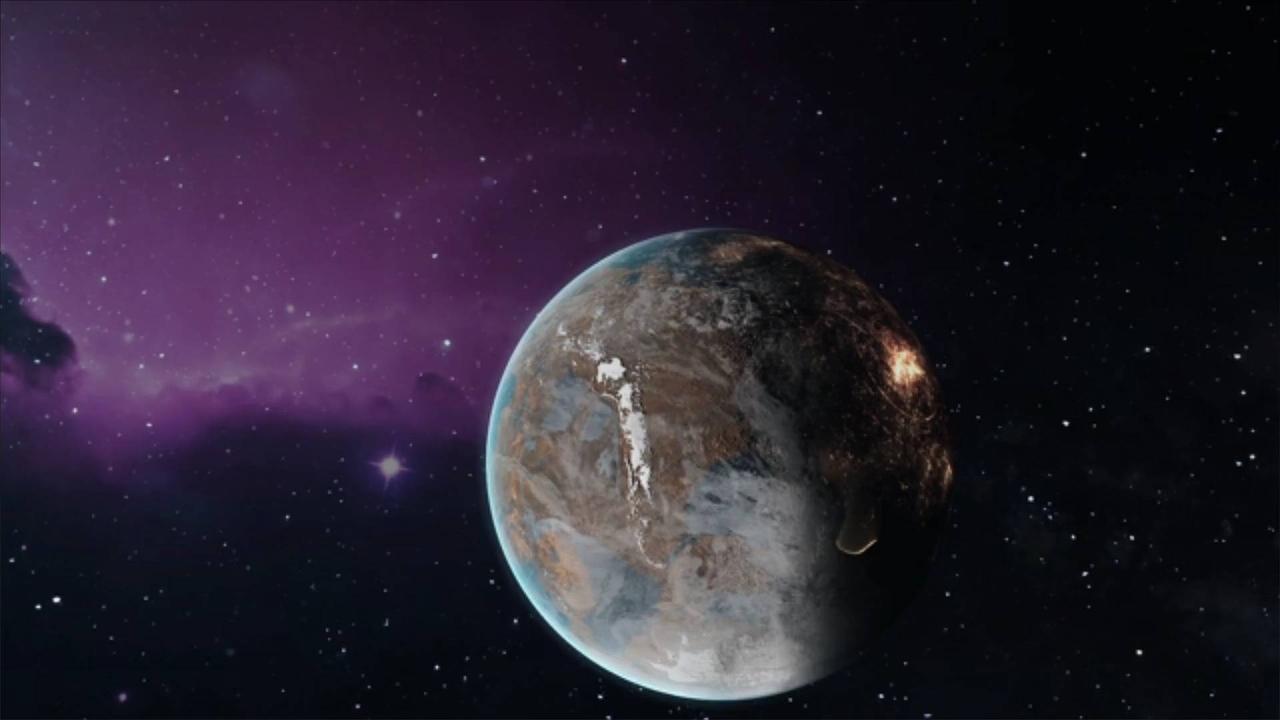Super-Earth Exoplanets May Be Our Best Bet For Finding Life

Super-Earth Exoplanets May Be Our Best Bet For Finding Life
Super-Earth Exoplanets , May Be Our Best Bet , For Finding Life .
The Conversation reports that astronomers have been routinely discovering exoplanets orbiting stars outside our own solar system.
This summer, teams at NASA's Transiting Exoplanet Survey Satellite found a number of interesting planets in their parent stars' habitable zones.
This summer, teams at NASA's Transiting Exoplanet Survey Satellite found a number of interesting planets in their parent stars' habitable zones.
Two of these exoplanets are 'super-Earths,' massive planets as much as 70% larger than Earth.
Current projections suggest that super-Earths are the most common type of exoplanet in the Milky Way, accounting for one third of all exoplanets.
Super-Earths possess a number of attributes that make them even more habitable than our normal-sized Earth.
Larger planets are more likely to have more geological activity, which scientists believe promotes biological evolution.
They also have thicker atmospheres that act as an insulating blanket and keep an average temperature around 77 degrees Fahrenheit.
Finally, most super-Earths orbit cool dwarf stars which are far older than our Sun, which means that life there would have had more time to develop.
Finally, most super-Earths orbit cool dwarf stars which are far older than our Sun, which means that life there would have had more time to develop.
The Conversation reports that the best chance for finding life on a distant super-Earth will come with the next generation of giant, ground-based telescopes.
Currently still under construction, these telescopes are set to start collecting data by the end of the decade.
Currently still under construction, these telescopes are set to start collecting data by the end of the decade


![NASA Reestablishes Connection With Distant Voyager 1 Space Probe [Video]](https://video.newsserve.net/300/v/20240426/1373823980-NASA-Reestablishes-Connection-With-Distant-Voyager-Space.jpg)
![Dubai Floods: NASA posts pics of flooded UAE areas after 6 billion cubic metres of rain| Oneindia [Video]](https://video.newsserve.net/300/v/20240423/1373495044-Dubai-Floods-NASA-posts-pics-of-flooded-UAE.jpg)

![Astronomers May Have Solved the Mystery Surrounding Blue Supergiant Stars [Video]](https://video.newsserve.net/300/v/20240328/1371214868-Astronomers-May-Have-Solved-the-Mystery-Surrounding-Blue.jpg)
![Newly Identified 'Super-Earth' In Nearby Solar System May Be Habitable [Video]](https://video.newsserve.net/300/v/20220908/1340331748-Newly-Identified-Super-Earth-In-Nearby-Solar-System.jpg)